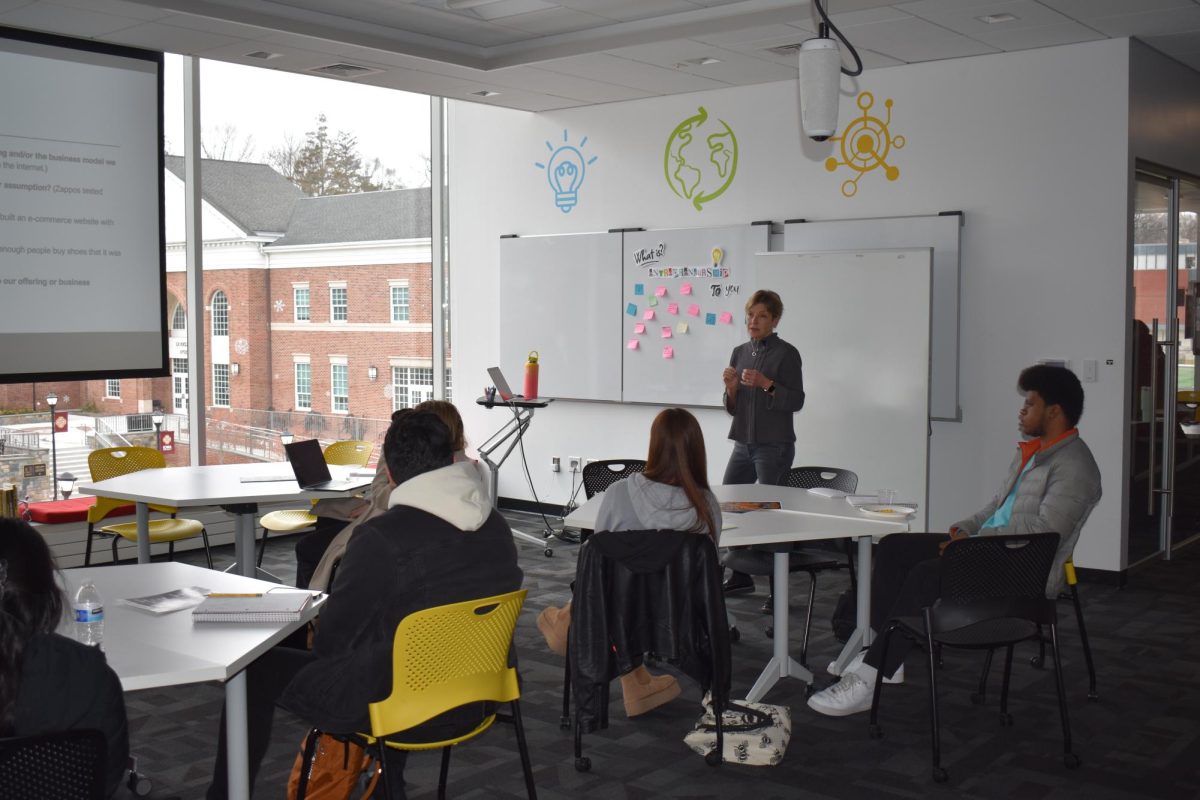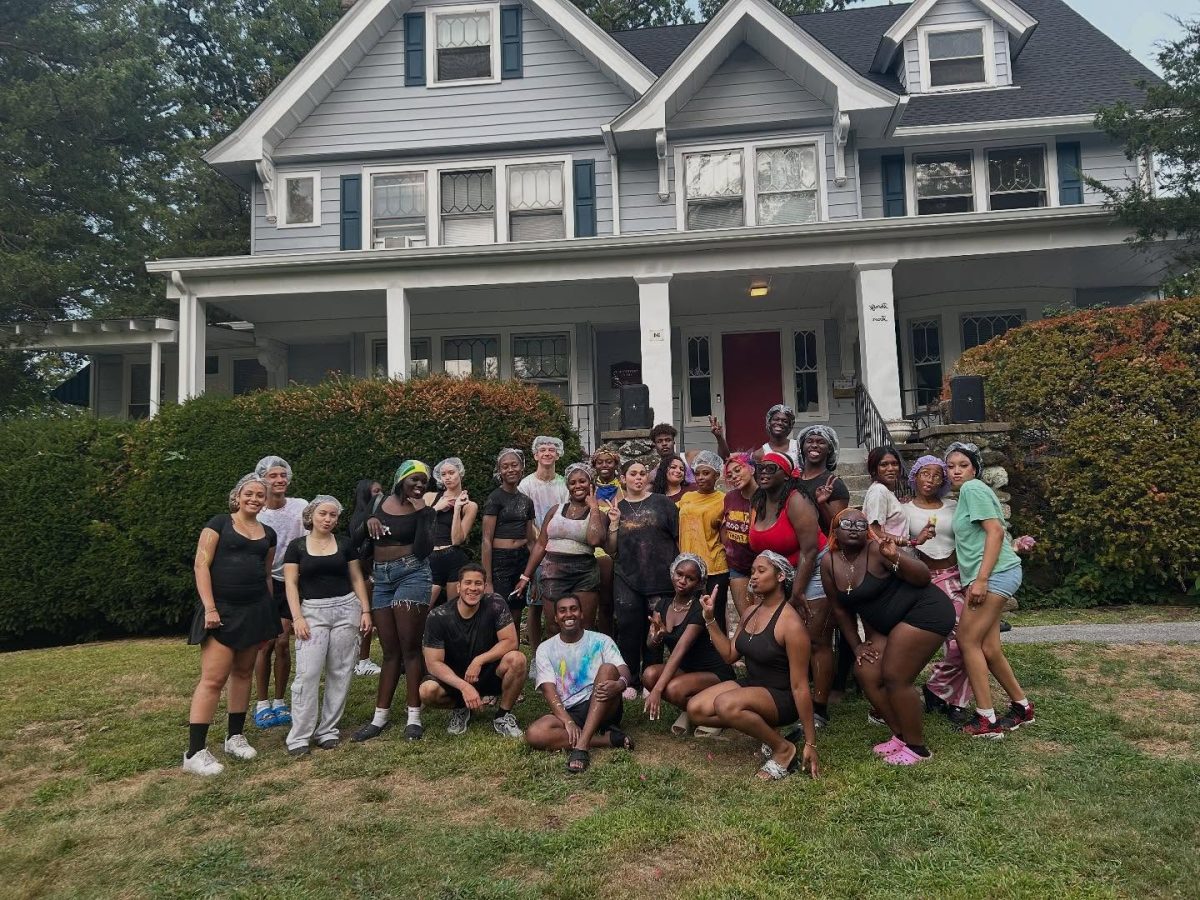Every business can benefit from having a clear narrative to justify the offered service; businesses garner appeal first and foremost through their unique “why”, especially in the idea stage. On Feb. 21, Hynes Institute Designer-in-Residence, Lisa Yokana organized a workshop to help enterprising Gaels design the stories behind their business ideas.
To create a story, it is important to know the problem that a business idea seeks to address. Identifying the problem that drives a business idea helps identify how to begin a story. “There’s usually tension between what you need and what is available,” Yokana explains, “Forming the grounds for the creation of an idea.”
During the workshop, Yokana highlighted how a persuasive story is structured using the “4 C’s” model: Context, Conflict, Climax and Closure.
The “Context” stage is driven by research into the problem an idea seeks to address. In this stage, identification of the problem is the main focus.
The “Conflict” stage is driven by analysis of how the problem affects target audiences. In this stage, studying the cause-effect relationship between the problem and target audience is the main focus. The analysis typically leads to a core insight into how to address the problem.
The “Climax” stage is driven by the application of core insights to a structured method of approach toward the problem. In this stage, defining the scope of the proposed solution to the previously identified problem is the main focus.
The “Closure” stage is driven by the creation of a draft framework for future growth – a vision of the future. In this stage, the initial scope of the framework is supplemented with flexibility for growth through opportunity.
While the 4 C’s model guides the story creation process, businesses must know the target audience of their story. Yokana emphasized that every idea is understood through a certain audience point of view.
Businesses should understand their audience point of view through the user, the need and the insight. The user is the audience demographic, the need is the audience problem and the insight is what the problem contributes to your idea scope.
Once a business understands their audience point of view, the business should focus on maximizing their story impact. Reducing the number of assumptions a story rests upon minimizes the risk of a story not influencing the target audience.
Major assumptions are the largest sources of risk for business ideas. Evaluate the validity of idea assumptions by identifying the riskiest assumption and then completing the following process: define a hypothesis, review collected user data, and draw data-driven conclusions.
“Yokana helped me realize that I was creating implicit assumptions regarding users for my company,” notes Alexander Garces ’26, “Realizing that I made these assumptions helped me readjust consideration of who my proper users would be.”




